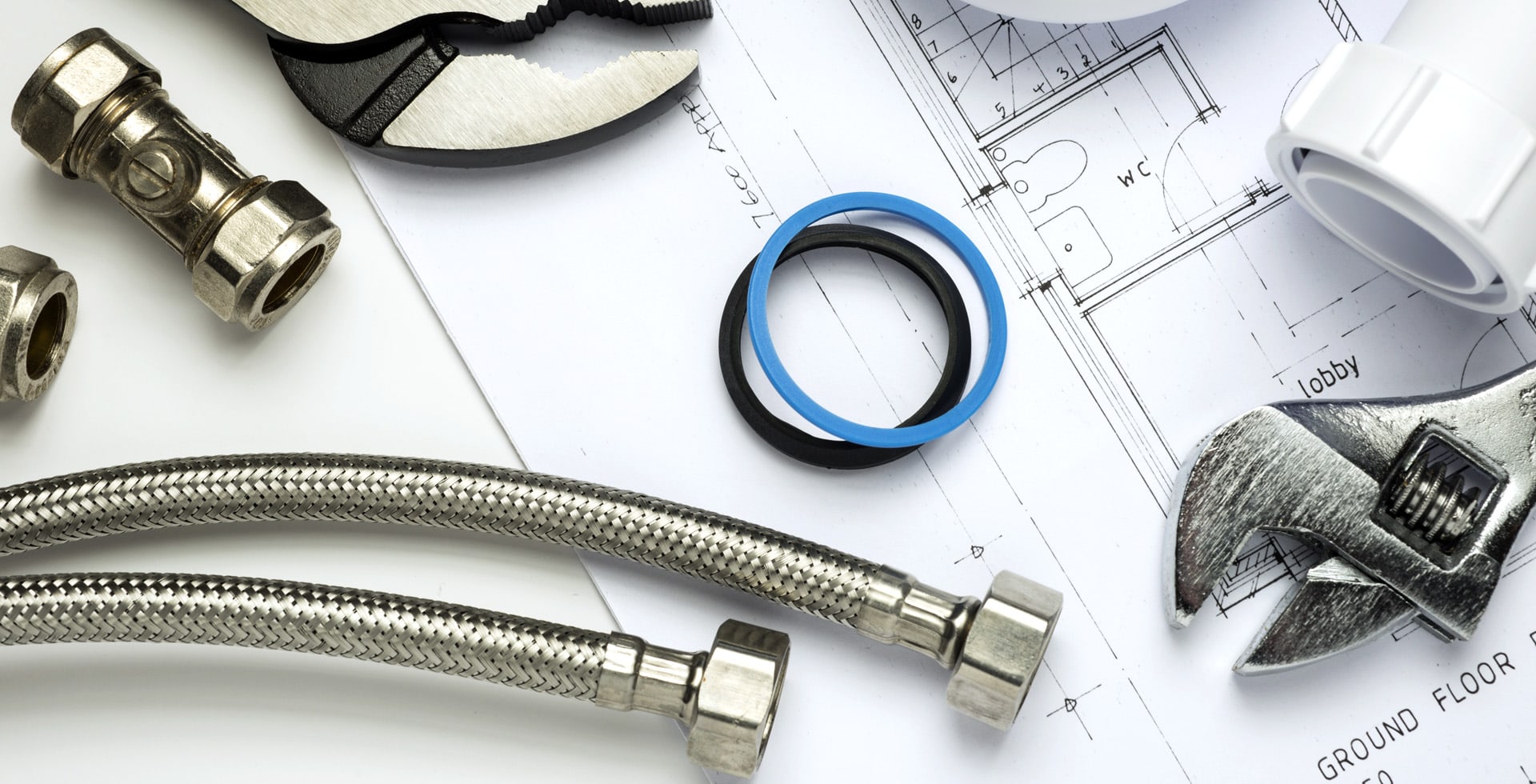“`html
What Inspectors Look for With Flat vs. Sloped Roofs
When it comes to home inspections, roofing is a critical element that can influence the overall condition and value of a property. Different roofing styles, notably flat and sloped roofs, present unique challenges and considerations during an inspection. Understanding what inspectors look for in each type of roof can help homeowners maintain their properties effectively and make informed decisions when purchasing a home.
Understanding Flat Roofs
Flat roofs, despite their name, are not entirely flat. They often have a slight pitch to allow for water drainage. However, their design contributes to specific issues that inspectors pay close attention to during evaluations:
- Water Pooling: Flat roofs are prone to water pooling since they don’t shed water as effectively as sloped roofs. Inspectors will look for any signs of standing water, especially after a rain.
- Membrane Integrity: Many flat roofs are constructed using membrane materials. Inspectors will check for tears, punctures, or signs of deterioration in the roofing membrane.
- Drainage Systems: Proper drainage is essential for flat roofs. Inspectors will evaluate drains, scuppers, and overflow systems to ensure they are free of debris and functioning correctly.
- Flashings and Seals: The areas where flat roofs meet walls or chimneys are usually sealed with flashing. Inspectors will check these areas for any signs of damage or poor sealing which could lead to leaks.
Common Inspection Points for Flat Roofs
During a flat roof inspection, the inspector will carefully assess several key elements, including:
- Surface Condition: Inspectors will look for issues like blistering, cracking, or bubbling that may indicate water intrusion or material failure.
- Roof Penetrations: Openings for vents, air conditioning units, or skylights are critical areas susceptible to leaks. Inspectors will ensure these penetrations are adequately flashed and sealed.
- Structural Integrity: Inspectors may evaluate the underlying structure, checking for sagging or unsupported areas which can indicate water damage or rot.
Understanding Sloped Roofs
Sloped roofs, also known as pitched roofs, are designed to facilitate the natural flow of water. This design helps mitigate some common roofing issues, but they come with their own unique inspection considerations:
- Material Type: Sloped roofs can be made from various materials such as asphalt shingles, metal, tile, or slate. Inspectors will assess the condition of these materials, looking for signs of wear, missing shingles, or rust.
- Roof Pitch: A steeper pitch can help with drainage, but it might present access challenges for inspectors. Evaluating the steepness and the potential for slips or falls is necessary for safety during inspections.
- Gutters and Downspouts: Sloped roofs rely on gutters and downspouts to manage water runoff. Inspectors will ensure these are clear, free of blockages, and in good working condition.
- Ventilation: Proper ventilation will prevent moisture buildup and prolong the life of roofing materials. Inspectors will check for adequate ventilation systems, including ridge vents and soffit vents.
Common Inspection Points for Sloped Roofs
When inspecting a sloped roof, several factors are closely examined:
- Roof Valleys: Valleys where two slopes meet are prone to collecting debris and snow. Inspectors will check that these areas are clear and functional.
- Chimneys and Roof Penetrations: Flashing around chimneys and other roof protrusions needs to be in perfect condition to prevent leaks. Inspectors will closely evaluate these seals for any gaps or deterioration.
- Overall Drainage: Inspectors will consider how well the roof design allows for water to run off, inspecting eaves, overhangs, and the overall roof shape for effective sloping.
Challenges and Solutions for Both Roof Types
Both flat and sloped roofs come with distinct challenges that can impact their longevity and performance. Here are some common challenges faced:
- Flat Roof Challenges:
- Improper drainage leading to water damage.
- Increased exposure to UV rays, which can degrade materials.
- Sloped Roof Challenges:
- Potential for debris accumulation in valleys and gutters.
- More difficult access for maintenance, especially for steeper pitches.
To mitigate these challenges, both flat and sloped roofs require regular maintenance and inspections. Homeowners should work with licensed roofing professionals to ensure that their roofs remain in good condition and address any issues promptly.
Conclusion
Inspectors are essential in identifying potential problems with both flat and sloped roofs. By understanding what these professionals look for, homeowners can be better prepared to maintain their roofs, address issues proactively, and ultimately protect the value of their investment. Regular inspections and maintenance routines are key to ensuring the health and longevity of any roofing system. Whether a home features a flat or sloped roof, attention to detail is paramount in maintaining the integrity and functionality of the structure.
“`

